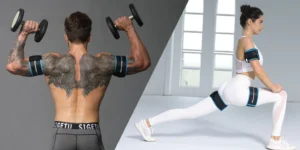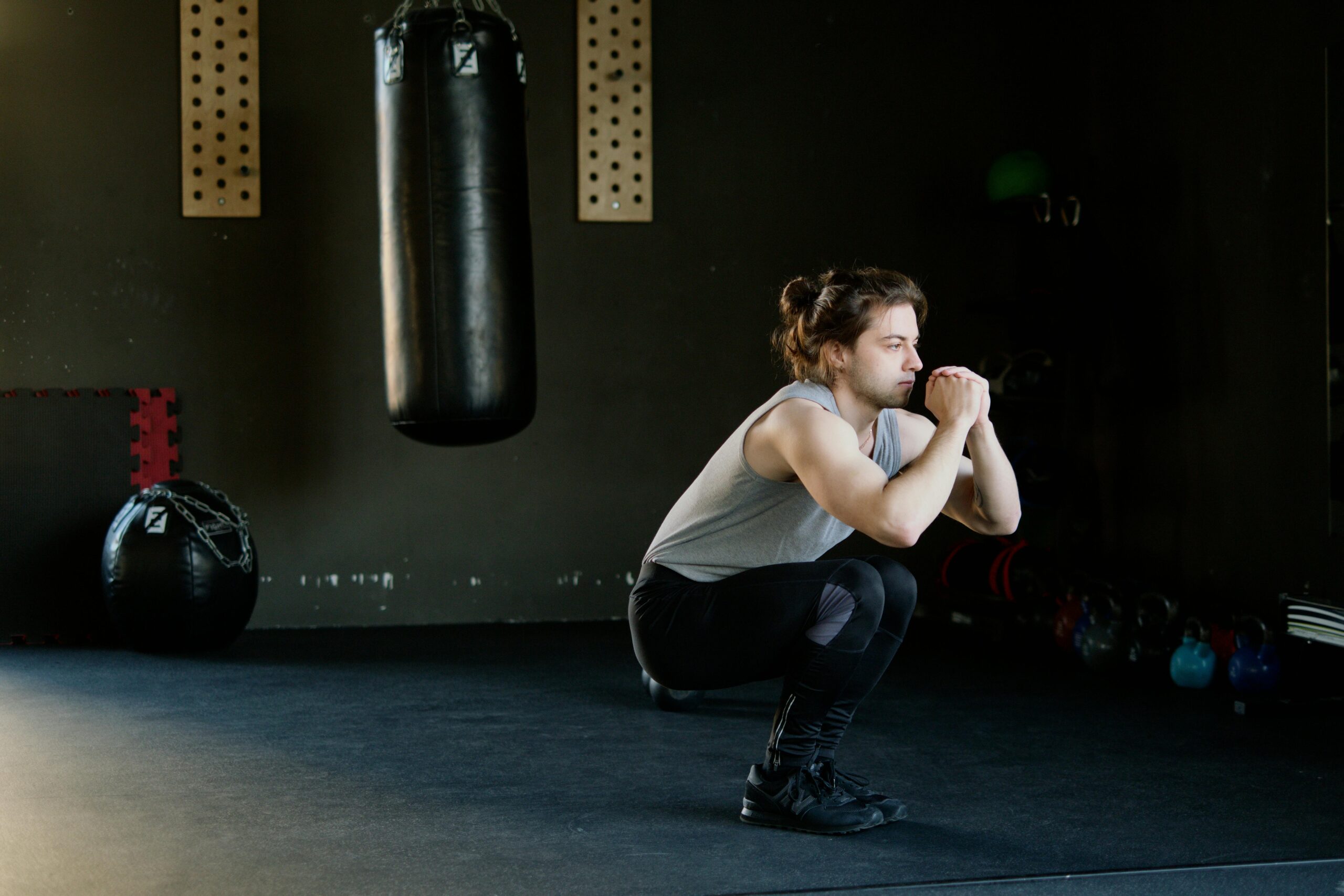
Blood Flow Restriction (BFR) Training: The Next Level of Strength Gains
Blood Flow Restriction (BFR) training is revolutionizing fitness. Learn how this technique boosts muscle growth using light weights for safer, effective workouts.


Lily brings a holistic approach to fitness with expertise in yoga and mobility, guiding you toward a balanced, flexible lifestyle.
High-Intensity Interval Training (HIIT) has taken the fitness world by storm—and for good reason. It’s one of the most effective ways to burn fat, build endurance, and boost your metabolism in a short amount of time. Whether you’re a beginner or more advanced in your fitness journey, this guide will show you how to use HIIT to reach your fat loss goals.
By alternating between bursts of intense exercise and short rest periods, HIIT keeps your heart rate elevated and maximizes calorie burn in less time than traditional cardio. Let’s dive into the specifics and get you started on the path to a leaner, fitter you.
High-Intensity Interval Training (HIIT) is a workout method where you alternate between short periods of all-out effort and brief recovery periods. The goal is to push your body to its maximum capacity during the work phase, followed by a quick recovery to catch your breath before repeating the cycle.
HIIT is incredibly versatile—it can be done with bodyweight exercises, running, cycling, or even with weights. The key is maintaining intensity during the work intervals and allowing your heart rate to drop slightly during rest, but not too much.
Looking for a timer for your HIIT sessions? Check out this interval timer to keep track of your workouts effortlessly.
HIIT is one of the most efficient ways to burn fat. Here’s why it’s so effective:
Increased Calorie Burn: HIIT workouts can burn more calories in 30 minutes than traditional steady-state cardio like jogging or walking.
Afterburn Effect (EPOC): After a HIIT workout, your body continues to burn calories even after you’ve finished, thanks to the Excess Post-Exercise Oxygen Consumption (EPOC) effect. This means you burn more fat even while at rest.
Preserves Muscle Mass: Unlike long, slow cardio, which can burn muscle along with fat, HIIT workouts are designed to burn fat while preserving lean muscle mass.
Improves Cardiovascular Health: HIIT boosts heart health by improving endurance, oxygen consumption, and overall cardiovascular function in a fraction of the time compared to traditional cardio.
This simple yet effective HIIT routine is designed to help you torch fat and improve your endurance. It can be done at home or at the gym, and requires no equipment—making it perfect for all fitness levels.
Total Time: 30-35 minutes
Start with a dynamic warm-up to prepare your body for the high-intensity exercises. Focus on increasing your heart rate, loosening up your joints, and activating your muscles.
Burpees
Mountain Climbers
Jump Squats
Plank to Push-Up
High Knees
After completing the workout, it’s important to cool down and stretch to help your muscles recover and improve flexibility. Spend 5-10 minutes doing static stretches, holding each stretch for 20-30 seconds.
Focus on the major muscle groups:
Pro Tip: Want to recover faster after intense workouts? Try using a Foam Roller to target sore muscles and improve circulation.
Beginners can start with 1-2 HIIT sessions per week, gradually increasing to 3 sessions as your endurance improves. Intermediates can aim for 3-4 HIIT workouts a week. Remember, the goal is to maintain intensity, so allow ample recovery time between sessions.
For fat loss, you can pair HIIT with strength training to optimize your results. HIIT will help you burn fat and boost endurance, while strength training will help preserve muscle and improve overall body composition.
Push Yourself: The key to HIIT is intensity. During your work intervals, give it your all. You should feel winded and out of breath by the end of each set.
Rest is Important: Use your rest intervals to catch your breath and recover, but don’t let your heart rate drop too much. Stay moving during the rest, even if it’s just a light jog in place.
Stay Consistent: HIIT works best when performed consistently. Aim for at least 2-3 sessions per week to see significant fat loss results.
Pair HIIT with a Healthy Diet: Fat loss happens when you’re in a calorie deficit, so make sure your diet aligns with your fitness goals. Eat whole foods, lean proteins, healthy fats, and plenty of vegetables.
HIIT is one of the most effective workout methods for burning fat and improving your overall fitness. With just a few sessions a week, you’ll see improvements in your endurance, strength, and body composition. Whether you’re a beginner or more advanced, this HIIT routine will help you achieve your fat loss goals while saving time.
Ready to give HIIT a try? Follow this routine, stay consistent, and watch as the results speak for themselves!
Looking for the best recovery tools after your workout? Shop now for foam rollers and more.
Get exclusive workout tips, product recommendations, and motivational content delivered straight to your inbox. Sign up today and take the first step toward a healthier, stronger you!

Blood Flow Restriction (BFR) training is revolutionizing fitness. Learn how this technique boosts muscle growth using light weights for safer, effective workouts.

Burn fat and boost your metabolism with this HIIT workout for beginners and intermediates. Short, intense bursts of exercise for maximum results.

Looking for a full-body strength workout? This beginner and intermediate routine targets all major muscle groups, improving strength and endurance.